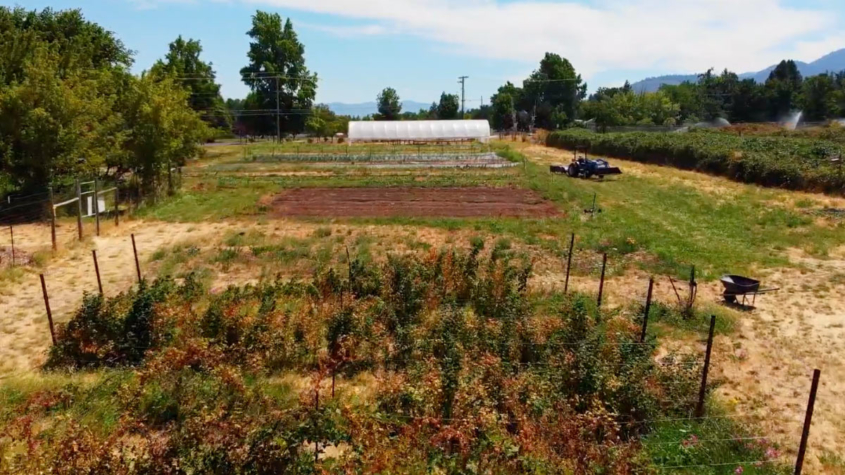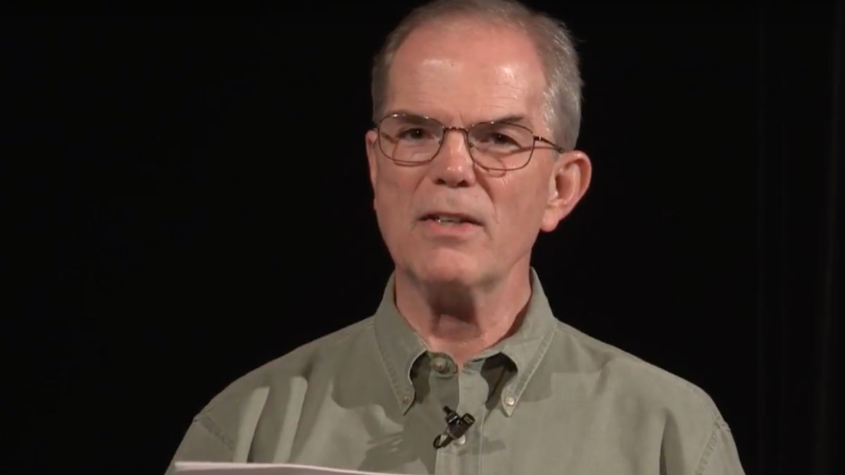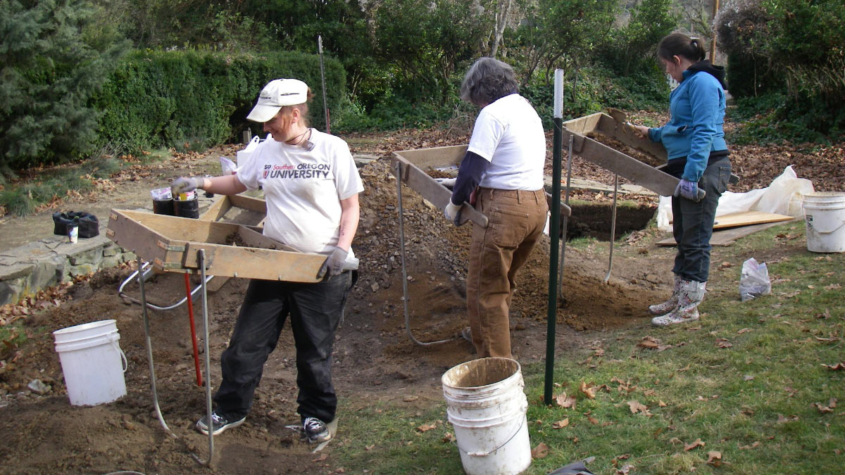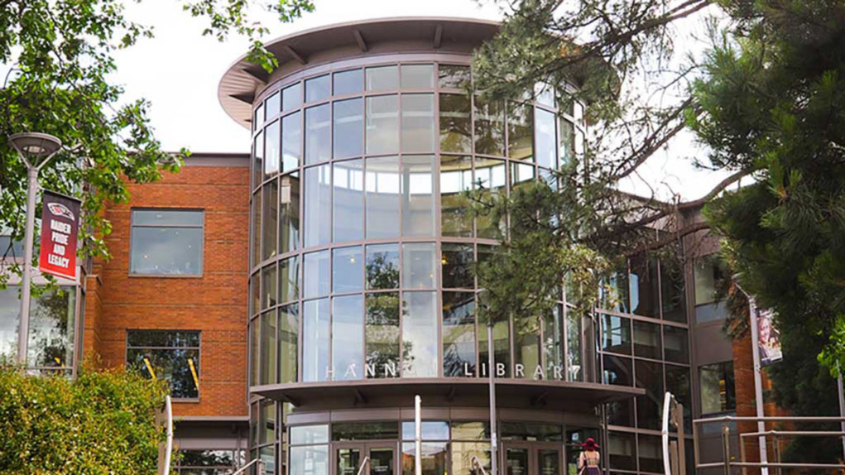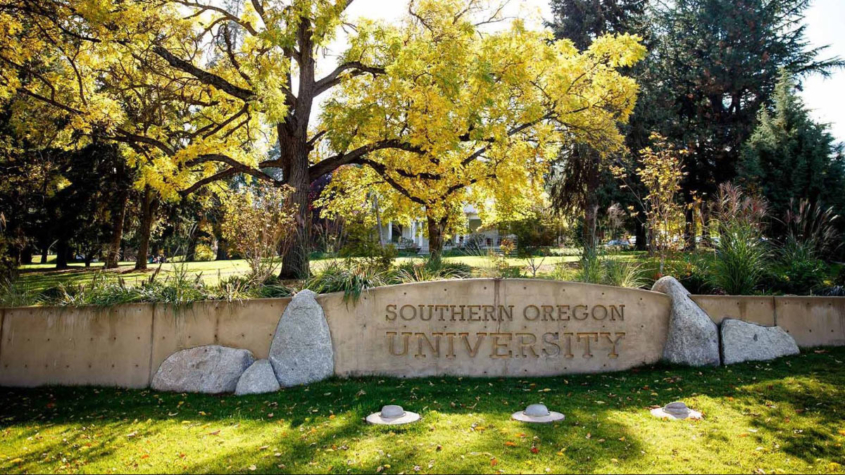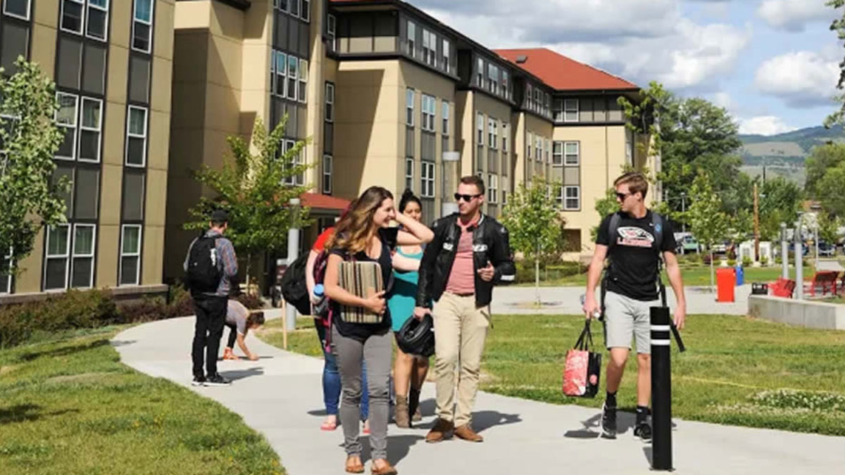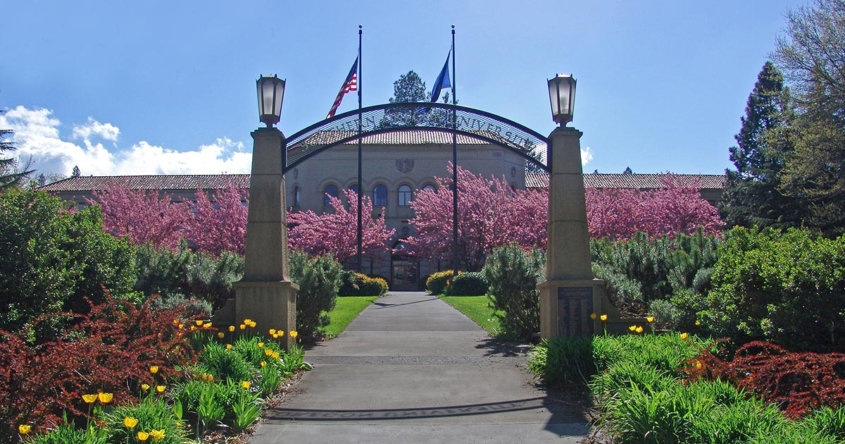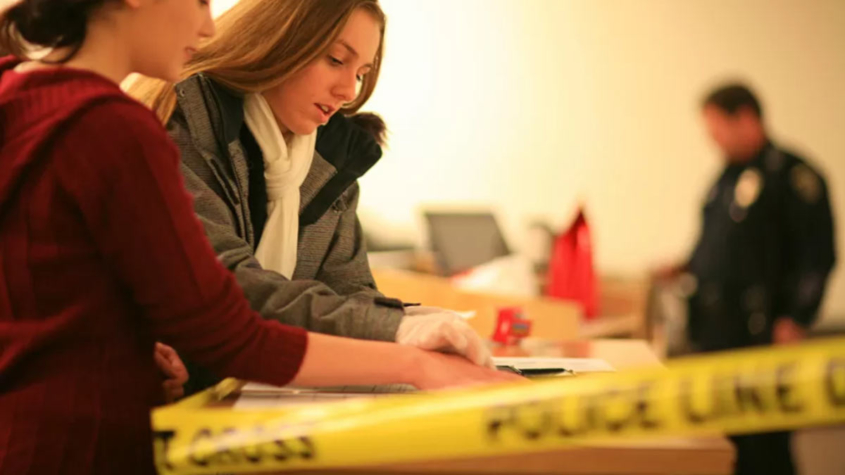SOU offers virtual opportunities for prospective students
(Ashland, Ore.) — Buildings at Southern Oregon University are currently closed to the public, all courses are being held remotely and most students are visible only during Zoom meetings and other online forums.
But next year’s class of incoming freshmen and transfer students have decisions to make, and SOU has created a comprehensive lineup of virtual opportunities to help them through the process.
“Prospective students need to find the right collegiate fit to prepare themselves for a productive, meaningful future,” said Kelly Moutsatson, SOU’s director of admissions “We need to make sure they have all the tools they may need to make good decisions about where to go for college.
“We’ve done a pretty amazing job of duplicating our on-campus admissions features and events, in a virtual environment.”
Spring is typically the busiest time of year for college admissions offices, with a variety of campus visits, registration get-togethers and orientation sessions for prospective students on the schedule. Those in-person events have been suspended at SOU in response to the COVID-19 pandemic, but have been replaced by “virtual connections” to help would-be students get a feel for campus, talk one-on-one with admissions counselors and negotiate the registration process.
The university’s new virtual connections website puts the remote resources for students who are considering applying to SOU in a single online location. Features include a half-dozen virtual information sessions that will be held each Friday through May 22 for prospective students and their families. Those who sign up for the group sessions can ask an admission counselor about programs, scholarships, financial aid, housing or other aspects of life on campus – and the university’s $60 application fee will be waived for the day of the session.
The website also includes a portal to SOU’s 360-degree Virtual Campus Tour – the next-best thing to actually being on campus. There are opportunities to schedule video chats with admissions counselors and to learn more about events such as Preview Days for prospective students and Raider Receptions, Raider Registration and New Student Orientation for admitted students.
-SOU-


